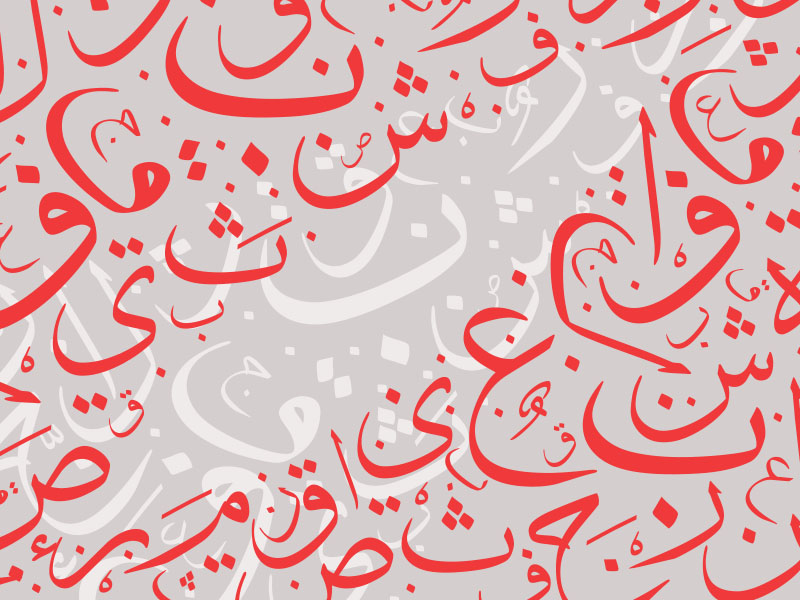Renovation or Destruction
Issue 28

No one can stand in the face of the changes and conditions that overwhelm folk culture, especially the performing arts. We miss, in our days, the great performers who used to sing professionally and full heartedly.
One example of the arts that have been displaced is the pearl diver singing. With the end of the pearl diving industry, the pearl diver singers resorted to evening gatherings to reiterate the songs they used to sing onboard. Singers of our days spare no efforts to revive the traditions of pearl diver songs, trying hopelessly to bring back the same glory of those past days.
Other folk arts that are related to various functions of our life have survived the challenges of changes; many of such arts reflect the great values of the tribe, and convey aspects of solidarity among the tribe’s members. A good example is the renowned Ardha dance of the Bedouin culture in Arabia. Ardha is performed by both the young and the old generations; all dance with swords and guns, accompanied with traditional musical instruments. Harbiya is another kind of Ardha, performed to rally the tribe’s members for the battle.
Harbiya includes motivating verse, such as the following lines of poetry:
“Hearing the call of the war crier,
While sleeping deep,
I rushed to respond to the call,
Then, I will never sleep”
The origin of those performing arts is Central Arabia, yet they travelled with the migrating tribes to the coasts. With the independence of the Gulf countries, these arts kept the traditions, the same verse, the musical instruments and all other things that had been used to accompany the dancing, such as swords, guns, etc. Ardha has gained prominent position within folk arts because it has always been related to strength and bravery.
Ardha has remained a genuine Arabian art that has not been influenced by the interference of the African, Indian and Persian cultures. It has preserved the traditions of the Nabati (vernacular) poetry. For this, and for other reasons, the Gulf countries have considered this art as their national art that represents their original Arab creativity. Kings, princes and leaders perform Ardha with their guest counterparts in national occasions and celebrations.
Associations, leagues and other entities were founded to preserve Ardha art. Such associations and entities in all Gulf countries have received the full support of their governments. Individuals of each tribe in the Gulf have also formed their own troupes to perform Ardha, responding to the increasing demand for this art. However the young generations do not observe the heritage of the national arts, and they do not mind imposing various modifications in music and poetry.
Who would help in preserving folk arts? Who can guide the new emerging troupes, and lead them to be creative without compromising traditions?
Ali Abdulla Khalifa
Editor In Chief







































































